
Mind-Blowing Cloud Formations You Probably Haven’t Seen Before
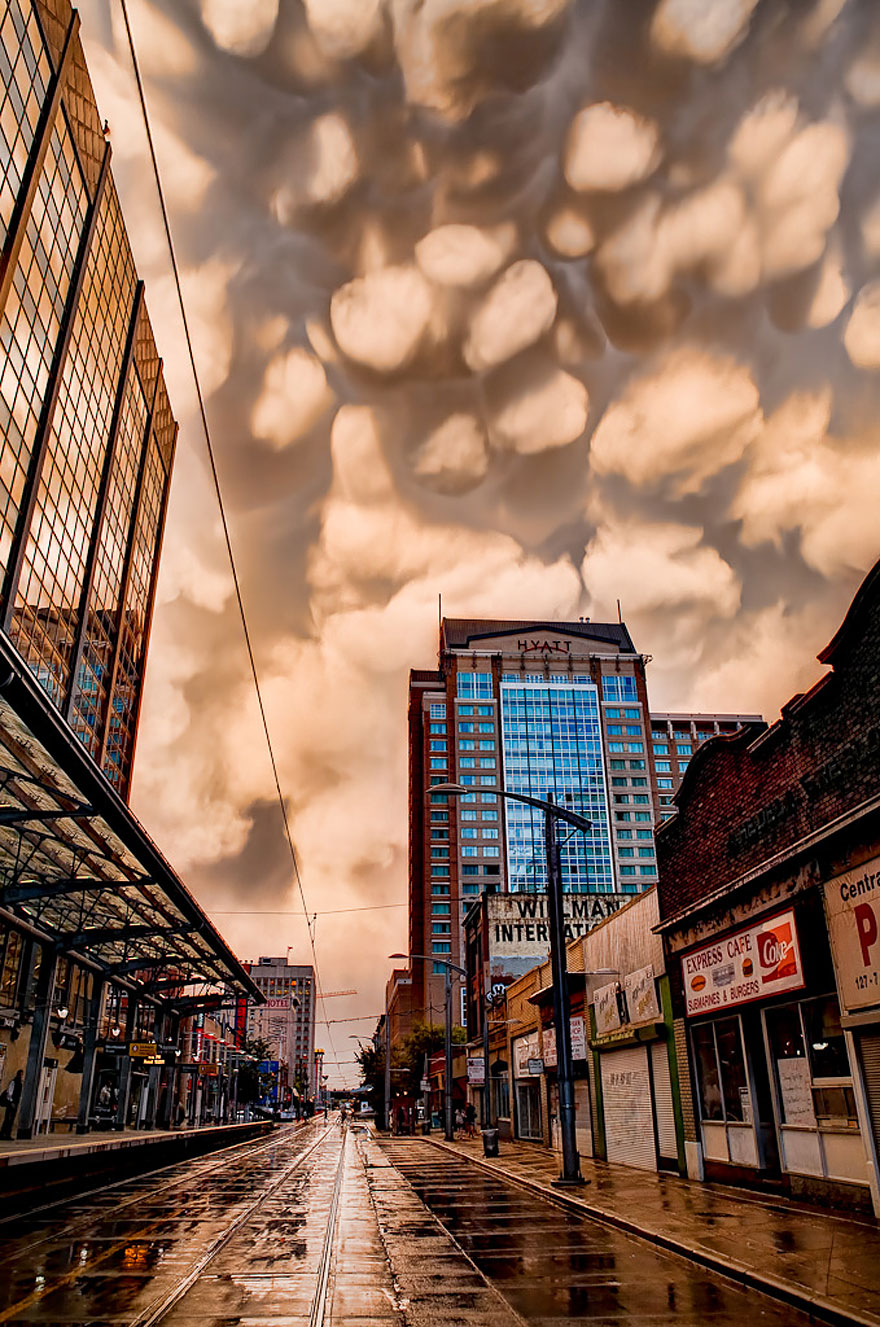
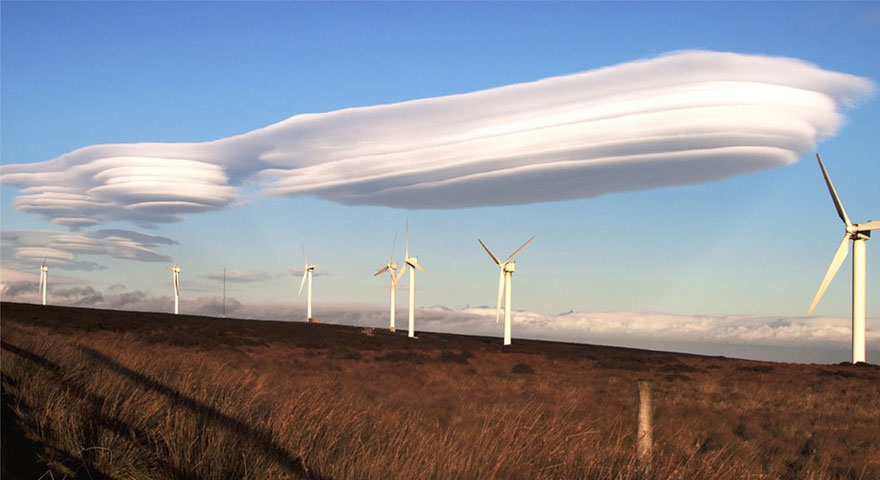
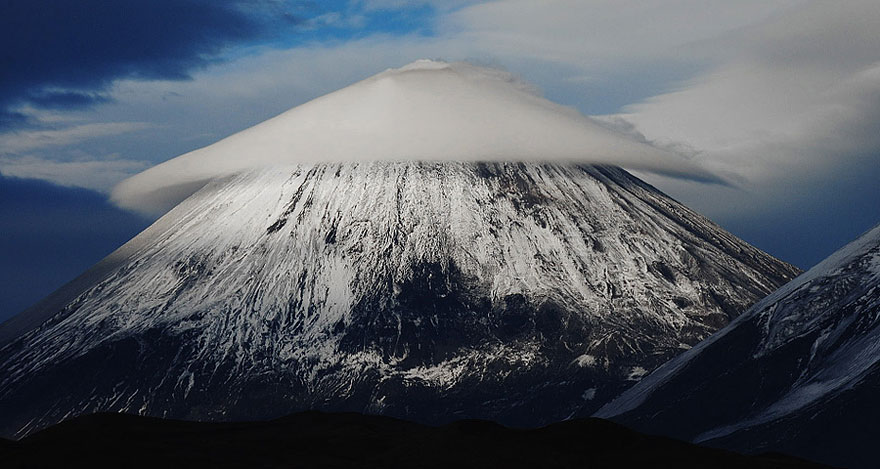
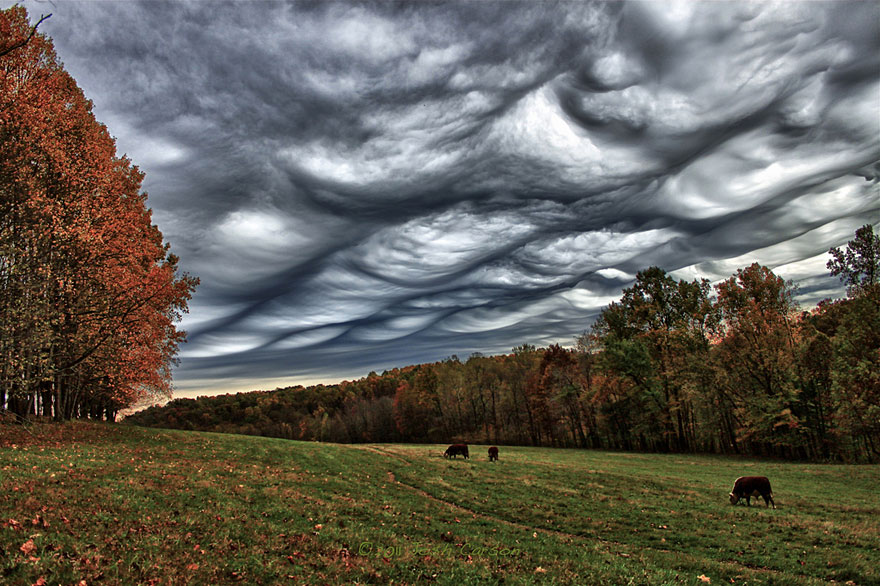
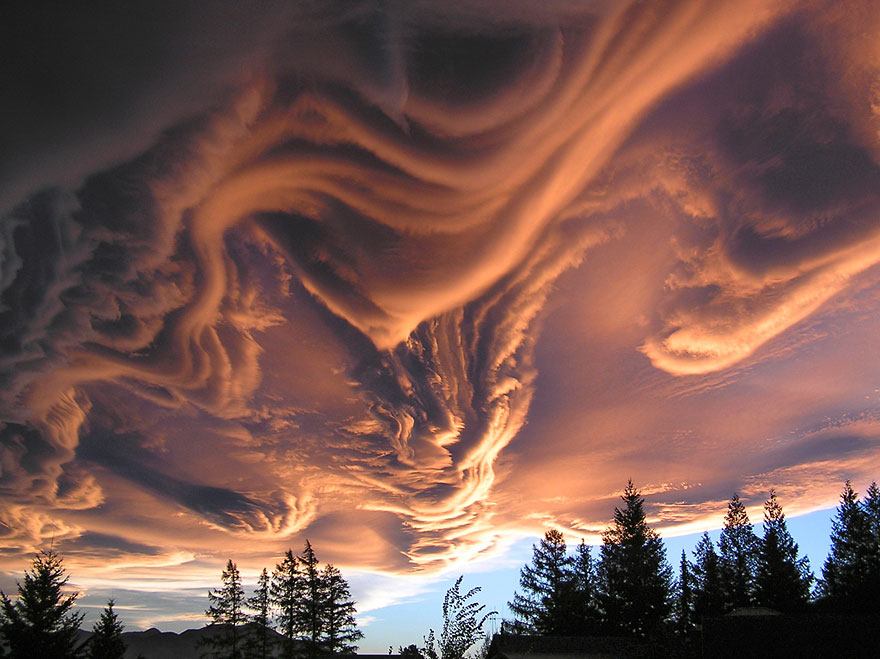
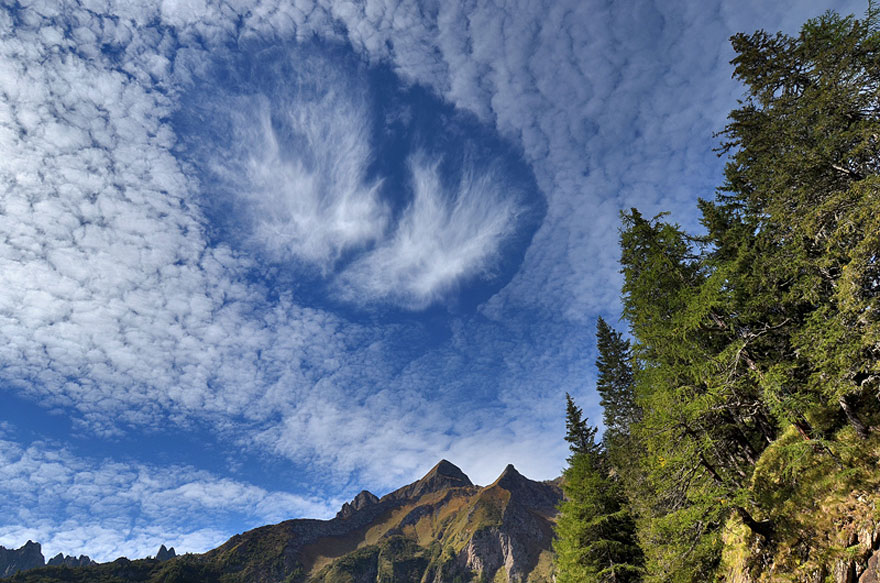
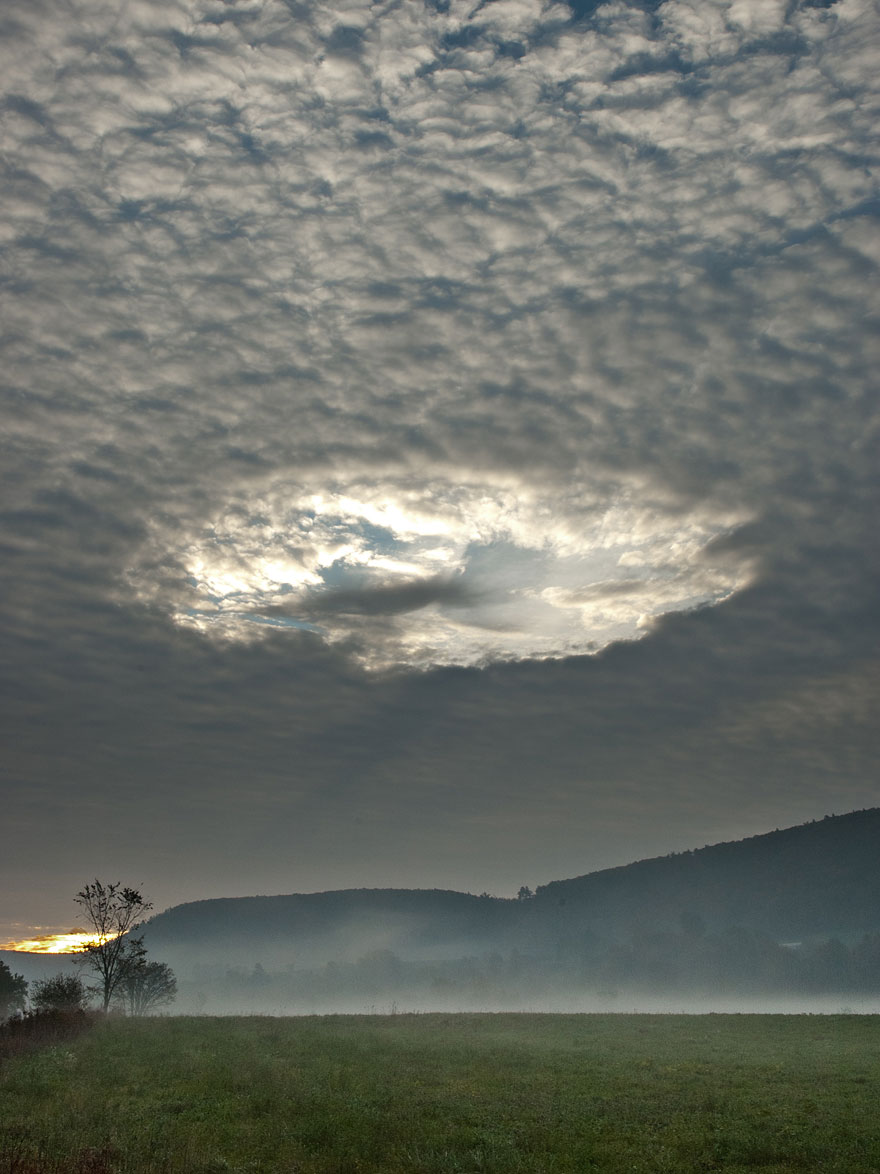
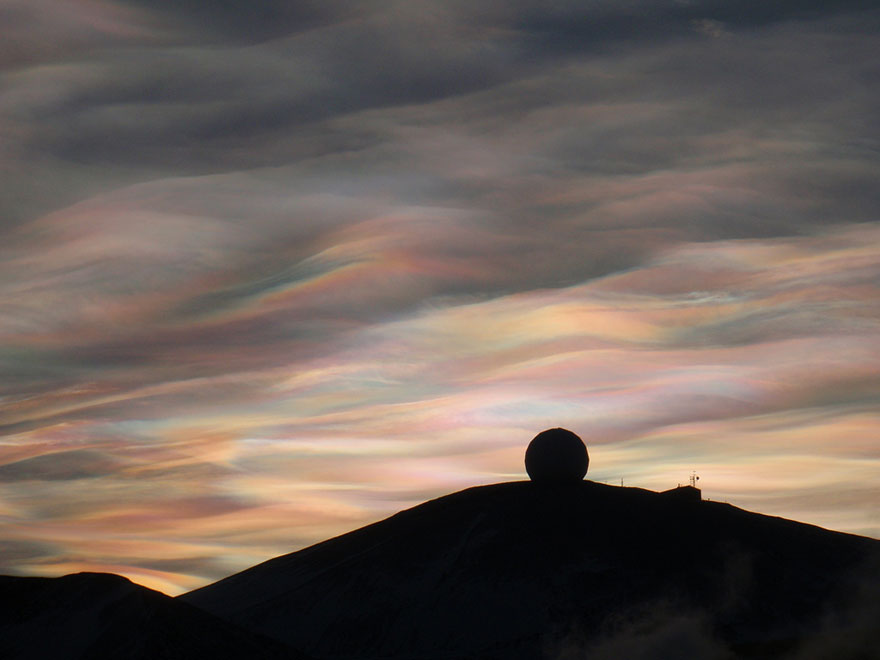
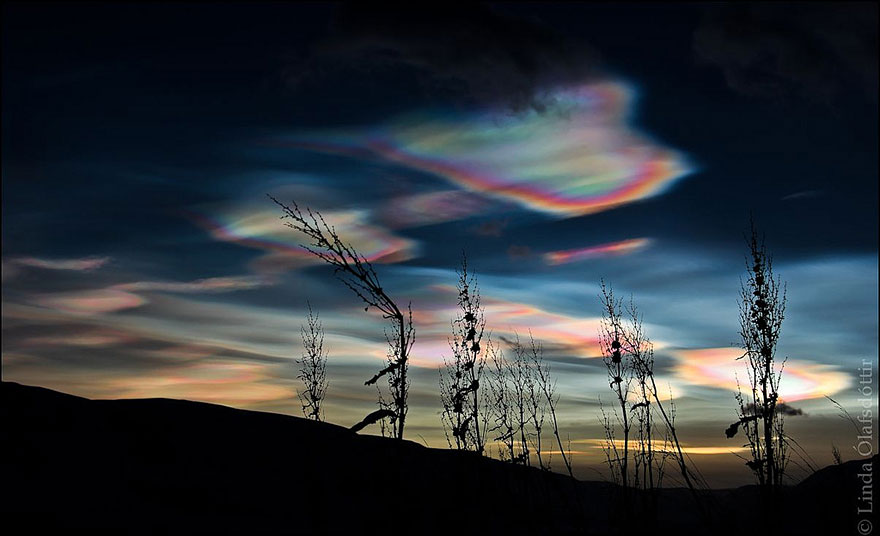
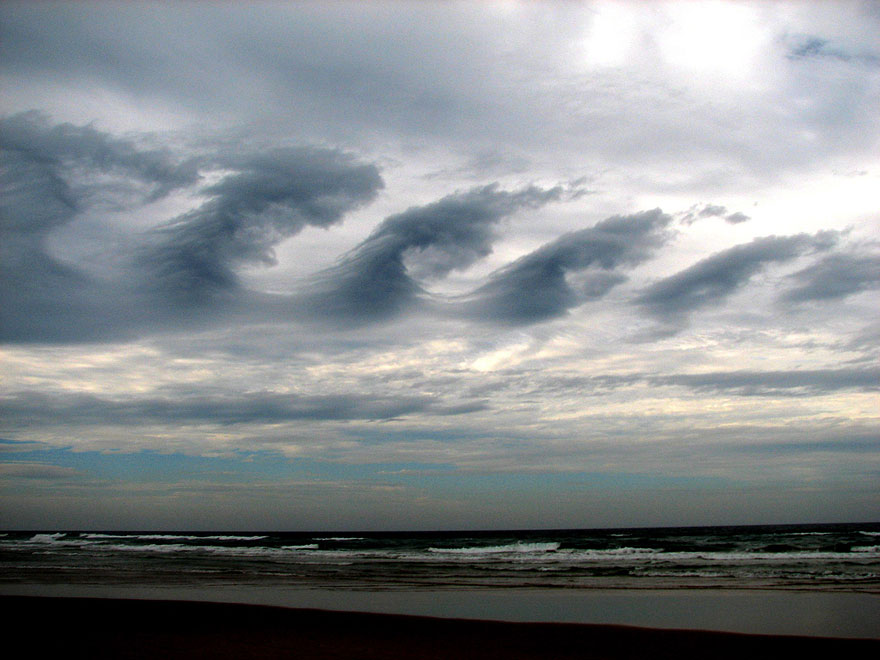
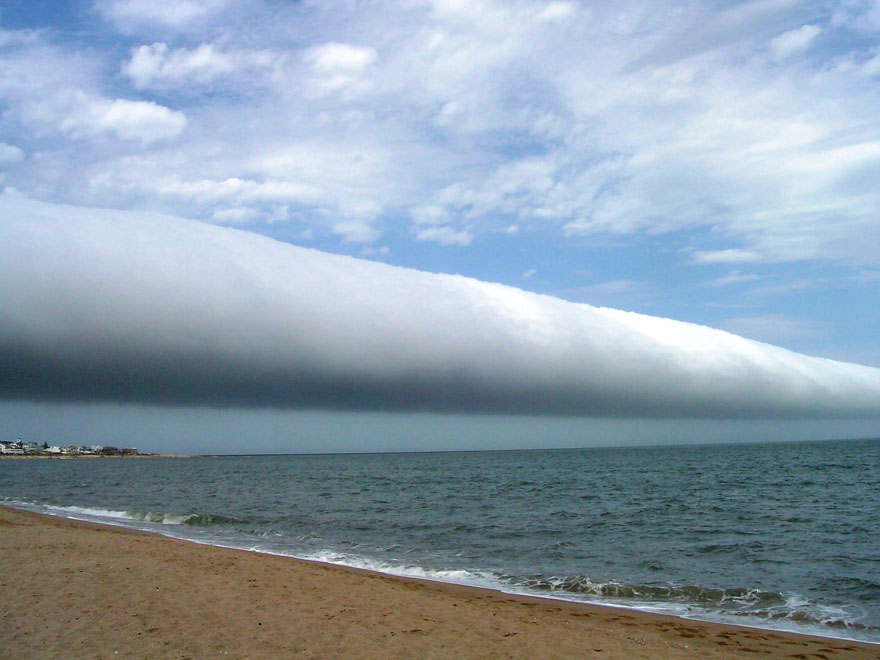
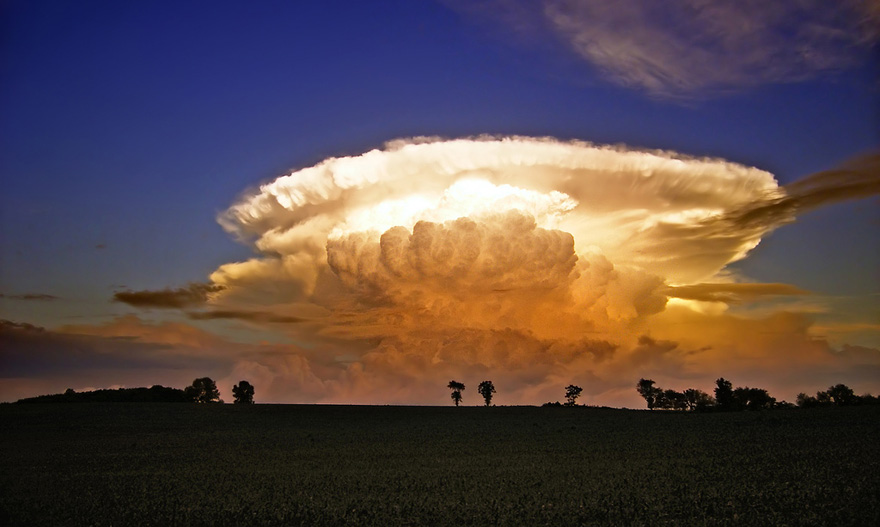
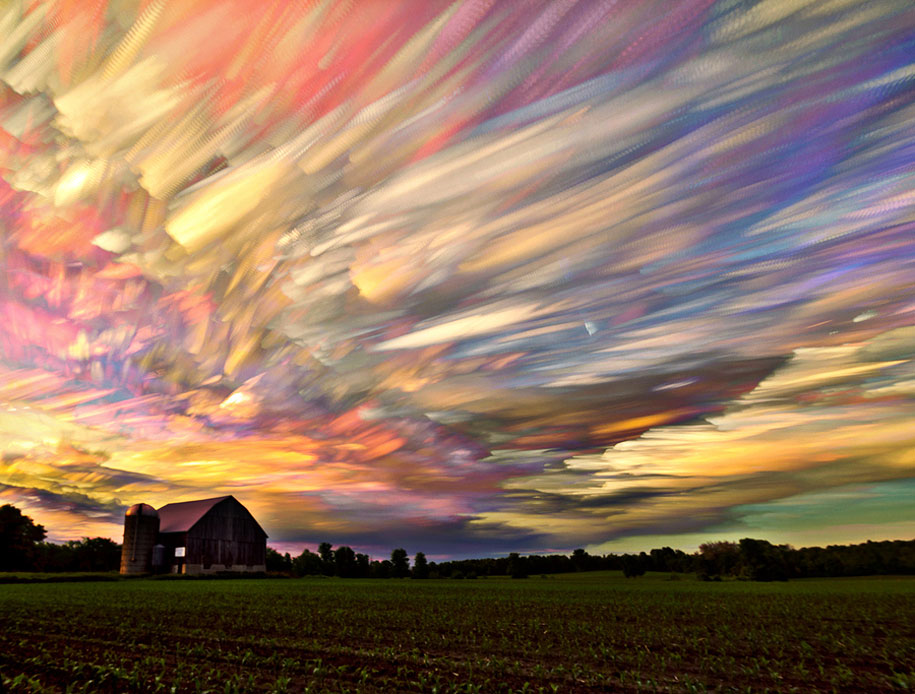
Various cloud formations are among the most beautiful and romantic sights found in nature. However, these vast masses of liquid droplets are not only visually stunning but also represent a complex and scientifically fascinating natural phenomenon. An intriguing fact about clouds is that no matter their shape or appearance, they are all composed of the same basic elements — condensed water droplets or ice crystals. The process begins when the sun heats the Earth’s surface, causing warm air to evaporate and rise into the atmosphere. As these water vapor particles come together and cluster, a cloud forms. If additional water droplets or ice crystals join the cluster, the cloud continues to grow and eventually releases precipitation, such as rain or snow, reaching the ground. If not, the cloud will simply dissipate, evaporating back into thin air.
Even though the diverse and intricate patterns of cloud formations may appear random and difficult to describe, there is actually a standardized cloud classification system used worldwide. This system was first introduced by Luke Howard, a British manufacturing chemist and amateur meteorologist, in 1802. Howard developed a systematic nomenclature to categorize clouds, and today, clouds are classified based on their shape, altitude, formation process, and various other characteristics. This classification helps meteorologists better understand weather patterns and atmospheric conditions.
Fortunately, you don’t need to be a meteorologist or a science enthusiast to appreciate the awe-inspiring beauty of a cloudy sky. The vast array of cloud types, from wispy cirrus to towering cumulonimbus, provides endless inspiration and wonder. Below is a selection of stunning cloud photos — some of which showcase rare and unusual formations you might never have seen before. Whether it’s the dramatic Mammatus clouds or the ethereal Lenticular clouds, each image captures the unique artistry of nature’s sky canvas.
Inspired by: twistedsifter.com
Mammatus Clouds
Lenticular Clouds
Lenticular Clouds
Undulatus Asperatus
Undulatus Asperatus
Fallstreak Hole
Fallstreak Hole
Polar Stratospheric Cloud
Polar Stratospheric Cloud
Cirrus Kelvin-Helmholtz
Roll Clouds
Anvil Clouds
Also, be sure to check out the breathtaking Smeared Sky Photography by Matt Molloy for more incredible sky imagery.
News in the same category

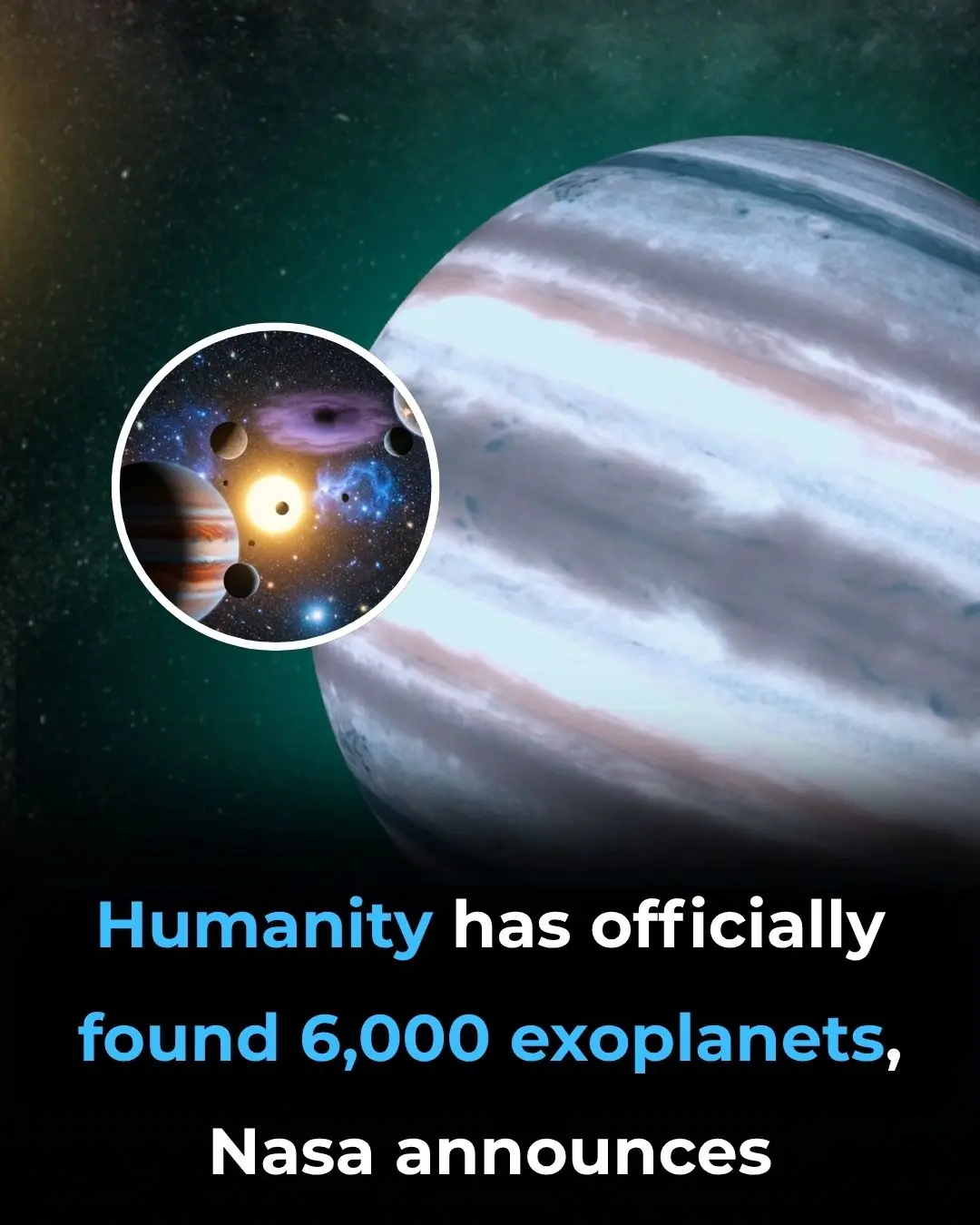
Humanity Has Officially Found 6,000 Exoplanets, NASA Announces
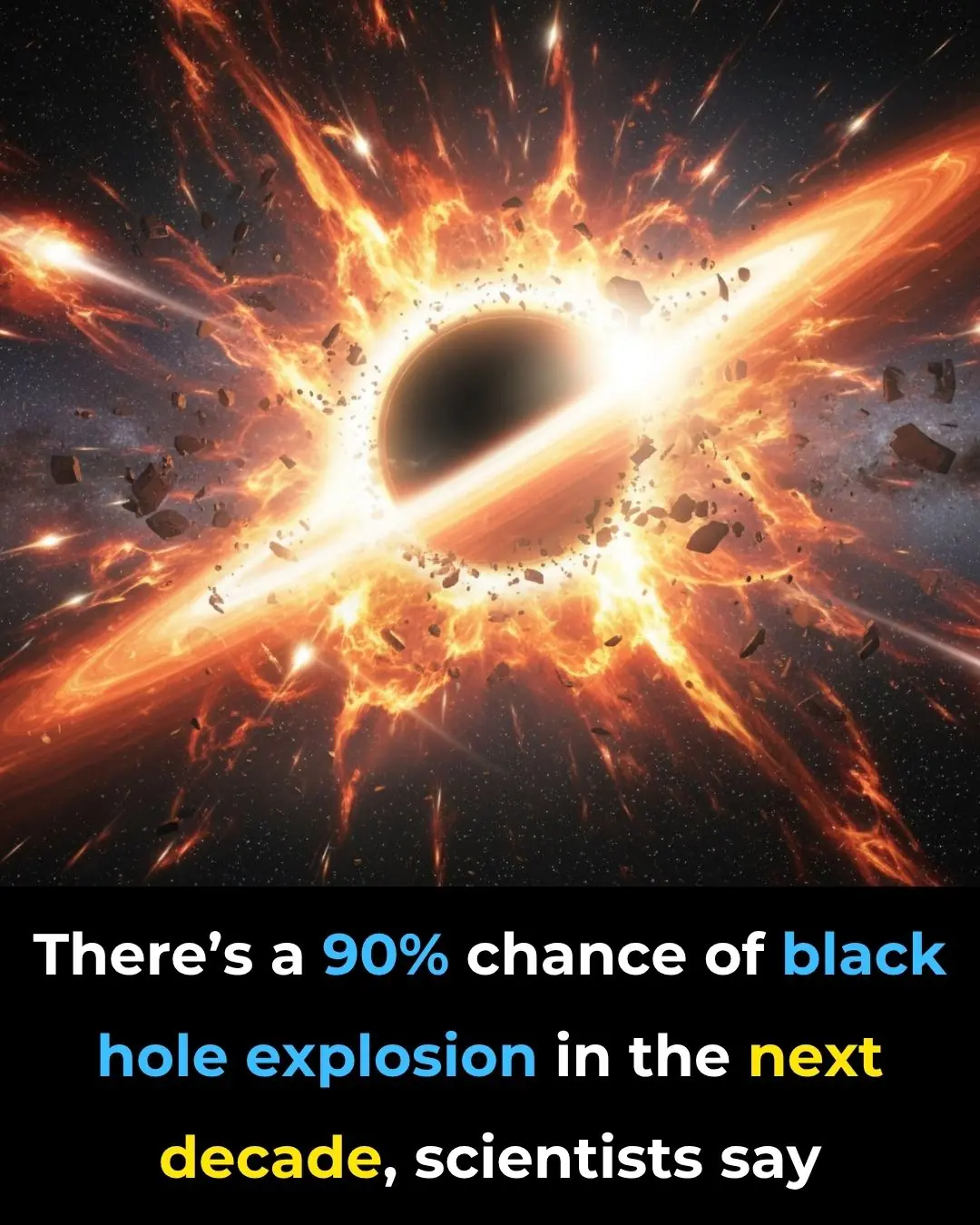
There’s A 90% Chance of Black Hole Explosion in the Next Decade, Scientists Say
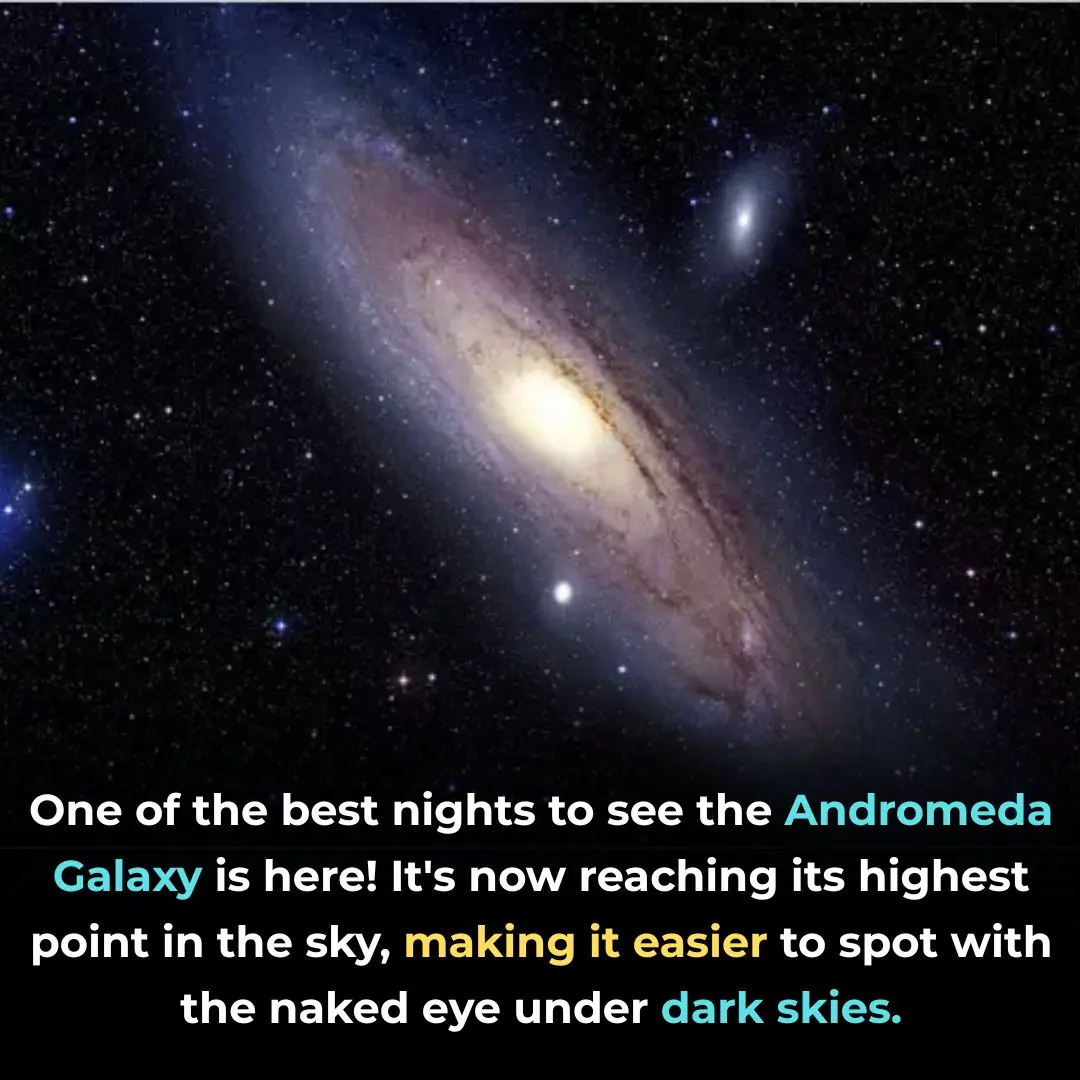
Prime views of the Andromeda Galaxy and Ceres—October 2
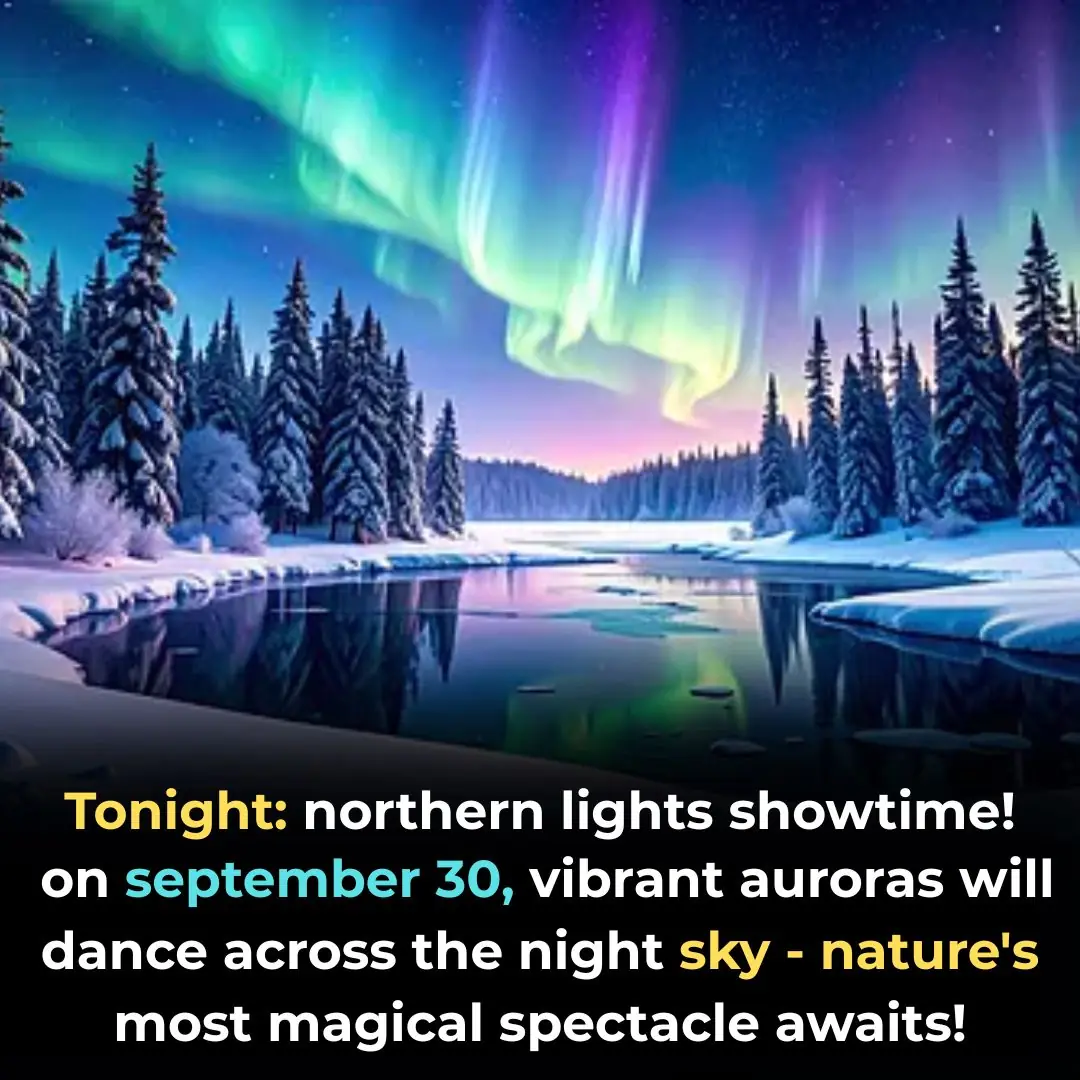
Northern Lights Could Be Seen in Northern U.S. — Sept 30 – Oct 1, 2025
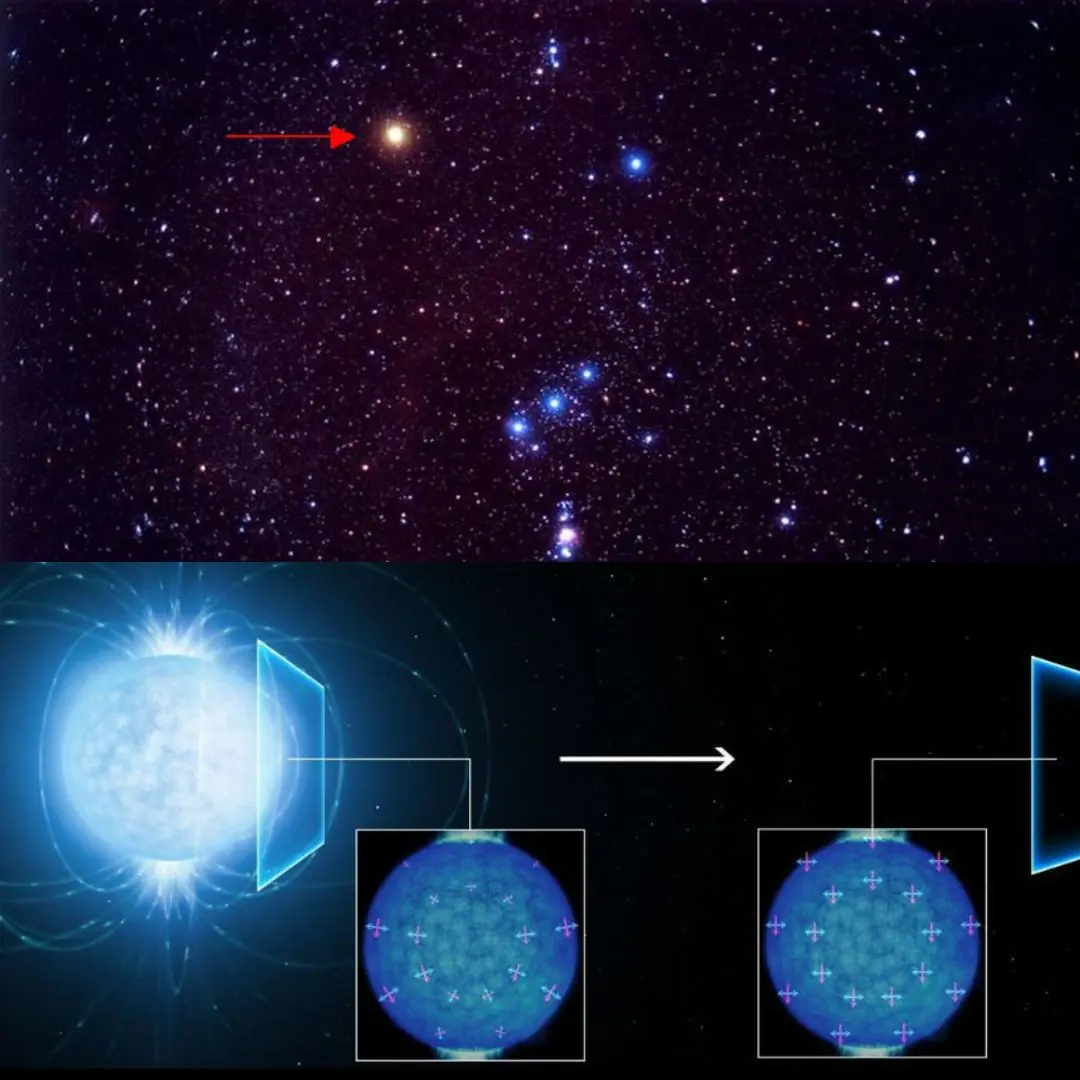
Alnitak, Alnilam, and Mintaka: Orion’s Belt Stars Thousands of Light-Years Away
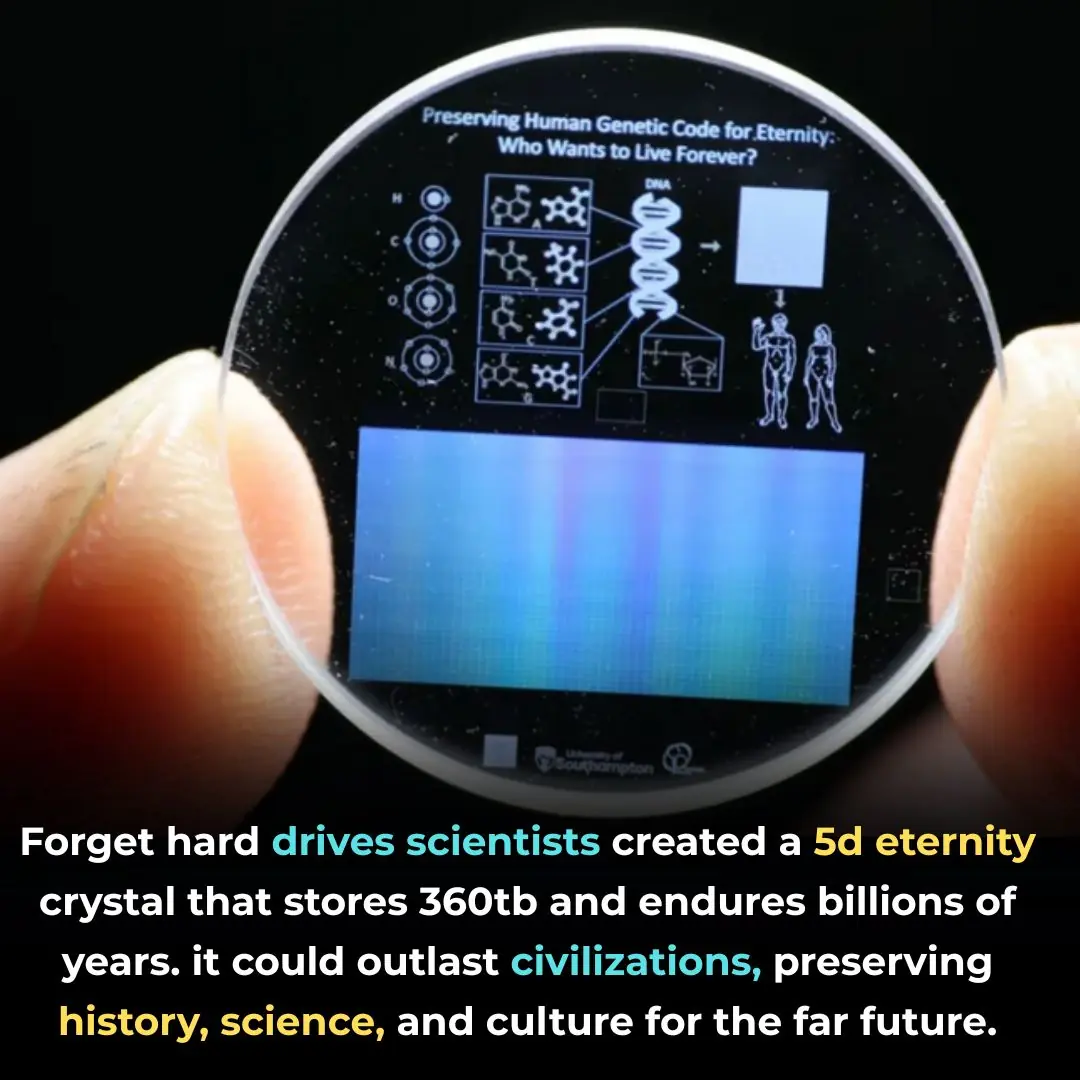
Humanity Preserved: A 5D Crystal Holds 360 TB of Our Genome to Outlast Civilization

Researchers make groundbreaking discovery about ChatGPT after testing it with 2,400 year-old math problem

Why this city has introduced a screen time limit of 2 hours per day

The Truth Behind the Bermuda Triangle May Be Scarier Than UFOs
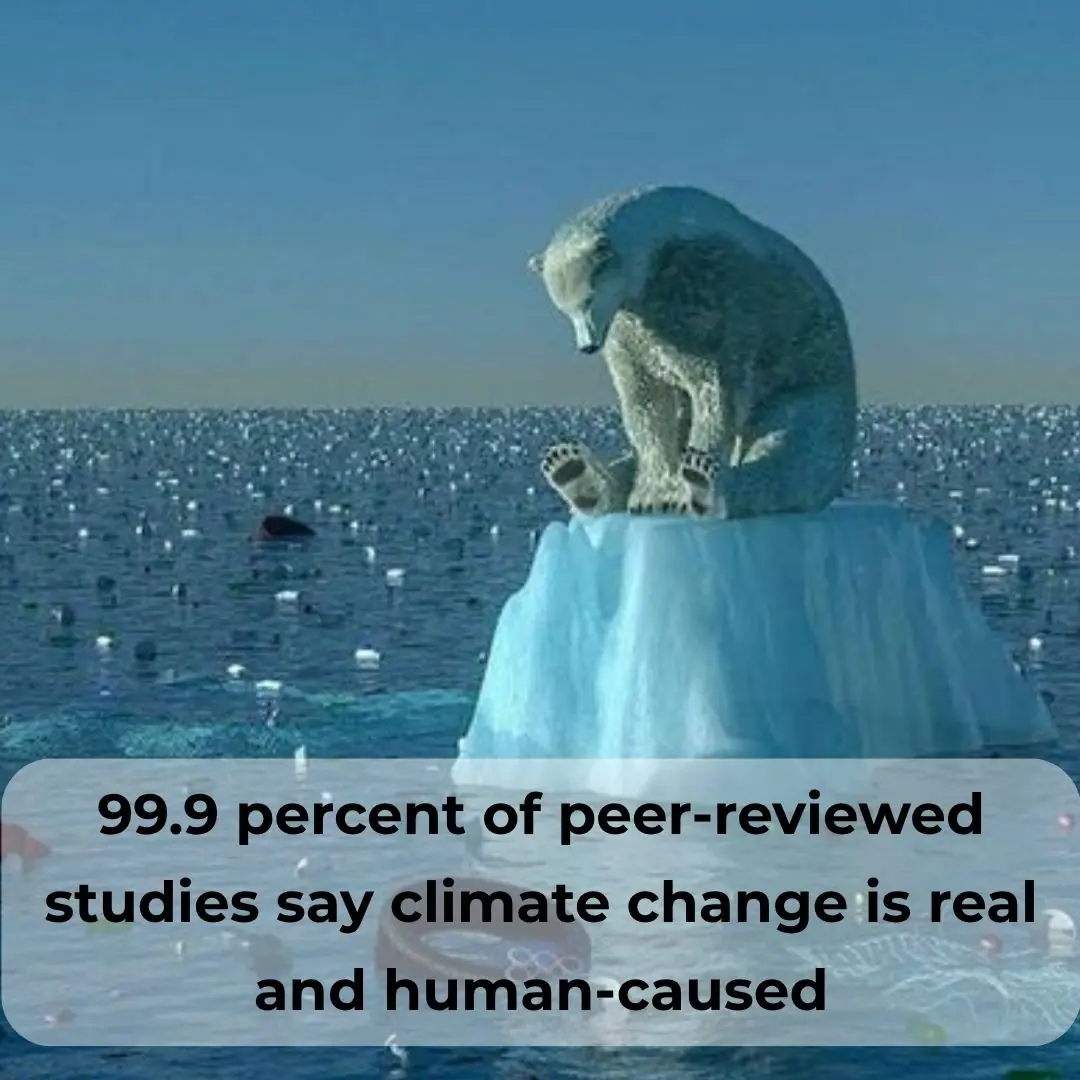
Over 99% of peer-reviewed studies confirm climate change is real and driven by humans

Passenger lands in hospital after humiliating TSA spat over stubborn jewelry

A Man Knocked Down His Basement Wall, Discovering Ancient Underground City That Housed 20,000 People
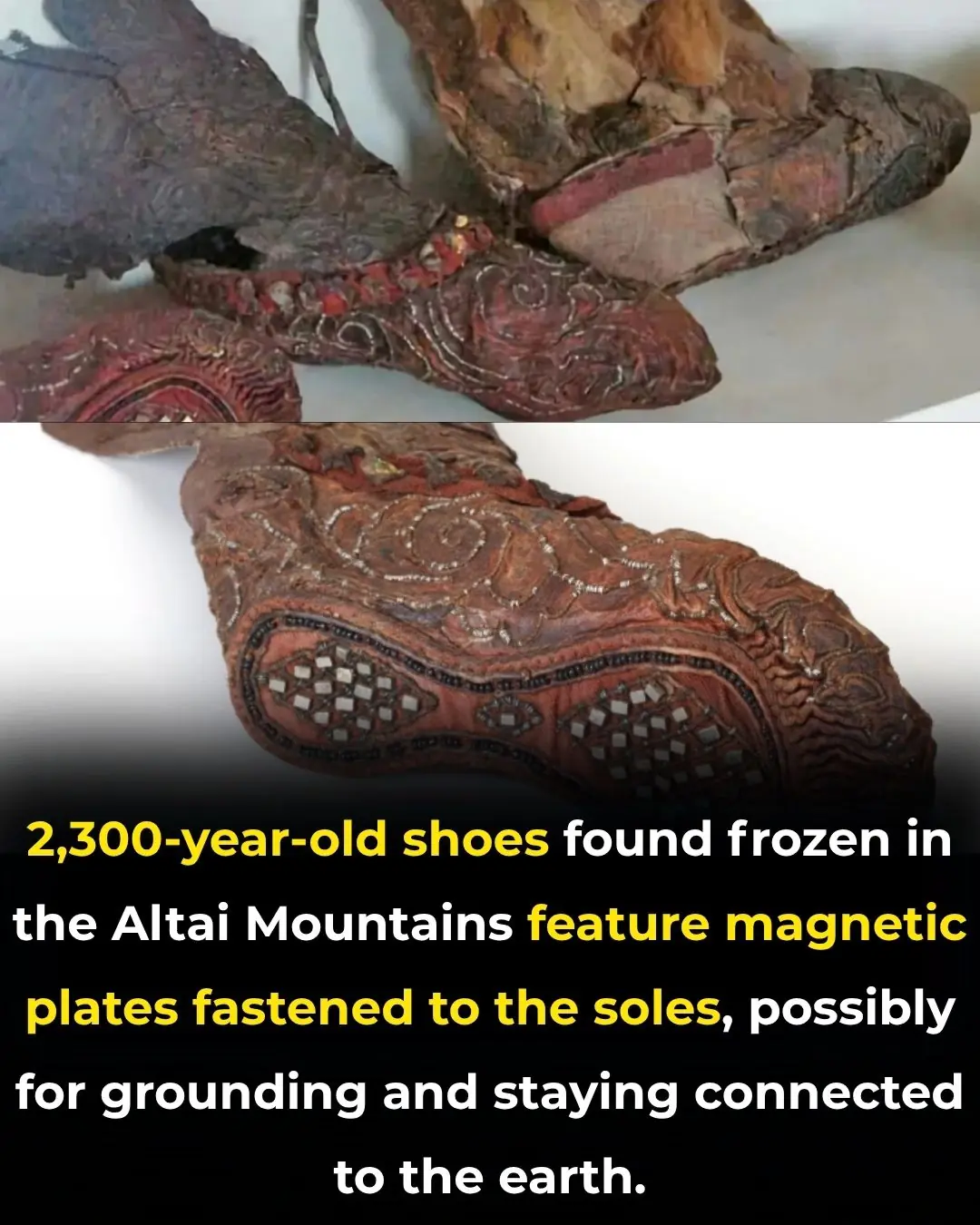
Magnificent 2300-Year-Old Scythian Woman’s Boot: A Timeless Fashion Statement
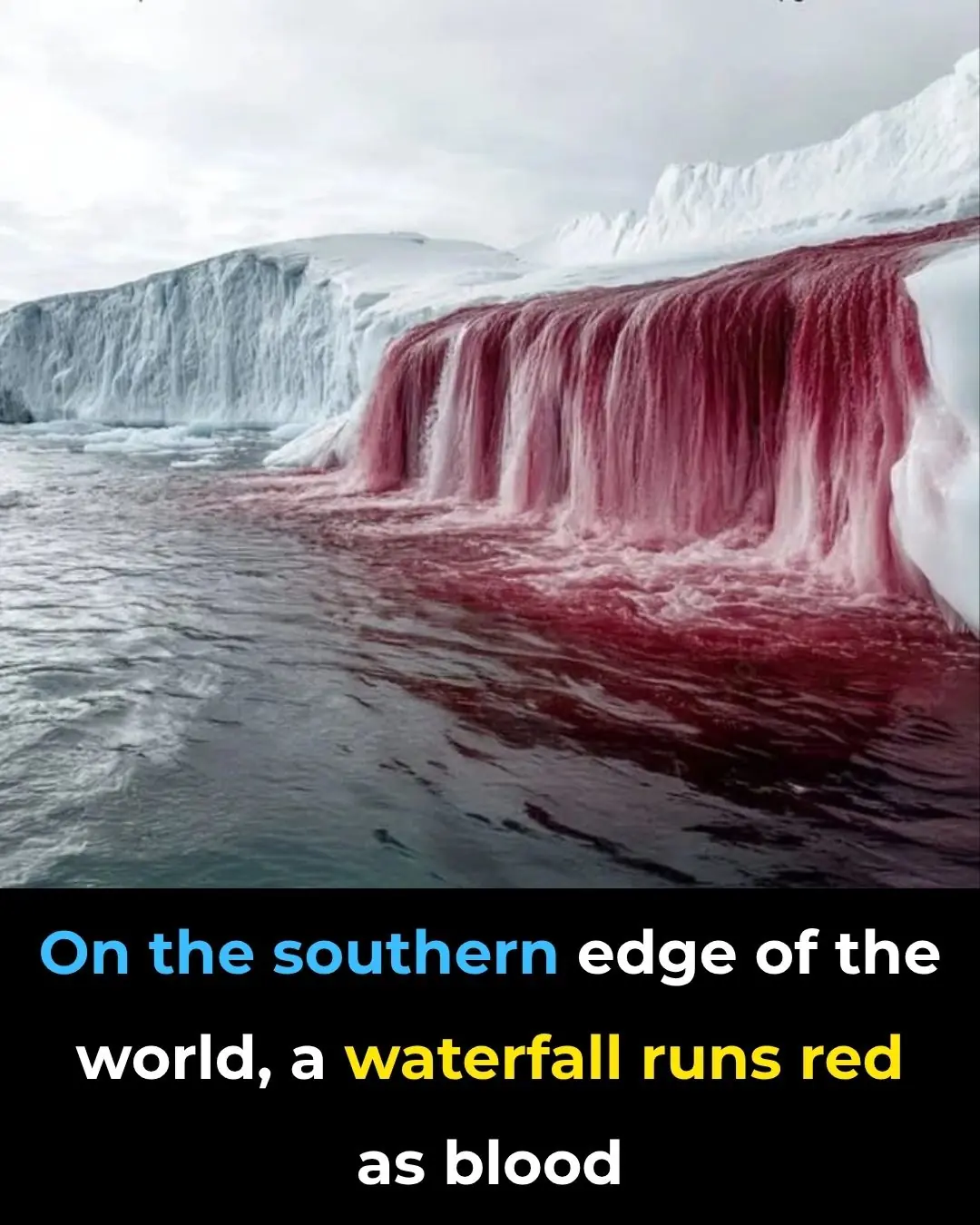
On the southern edge of the world, a waterfall runs red as blood
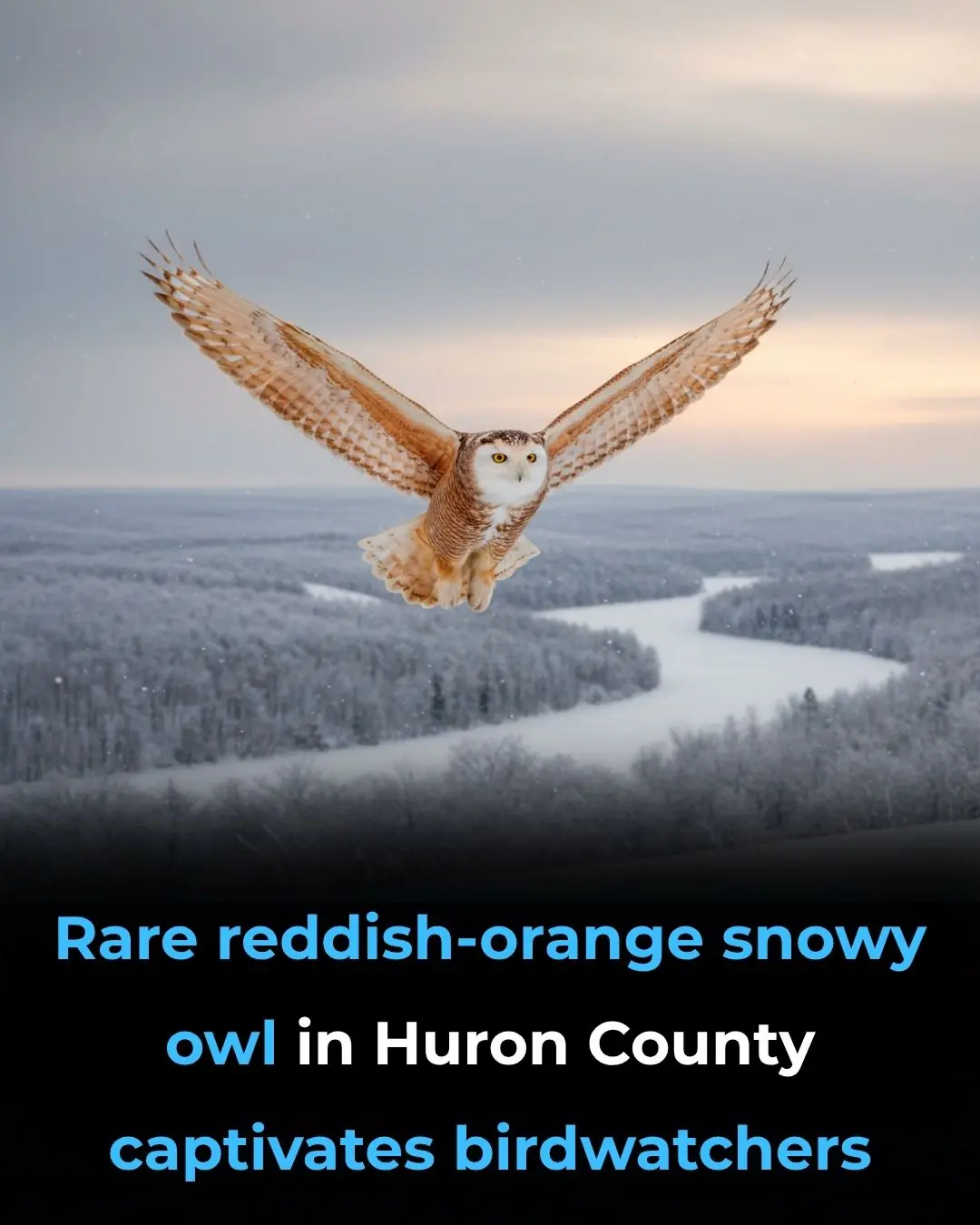
Rare reddish-orange snowy owl in Huron County captivates birdwatchers

Wildlife Crossings: A Vital Solution for Highway Safety and Biodiversity Conservation
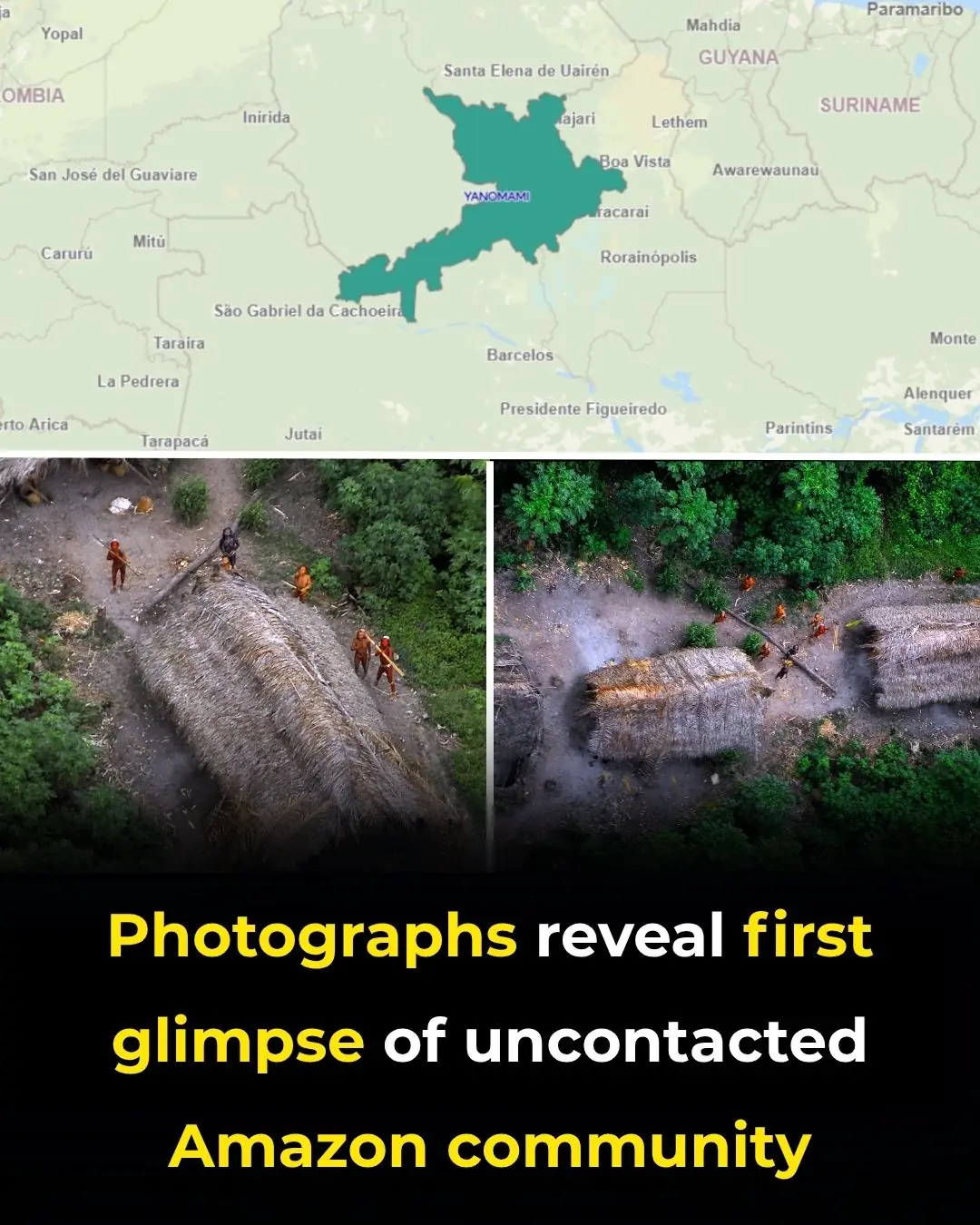
Photographs reveal first glimpse of uncontacted Amazon community

Floating Gardens on Parking Lot Roofs: Japan’s Green Revolution
News Post

Aloe Vera and Cinnamon Remedy: Natural Benefits for Eye Health, Immunity, and Healing
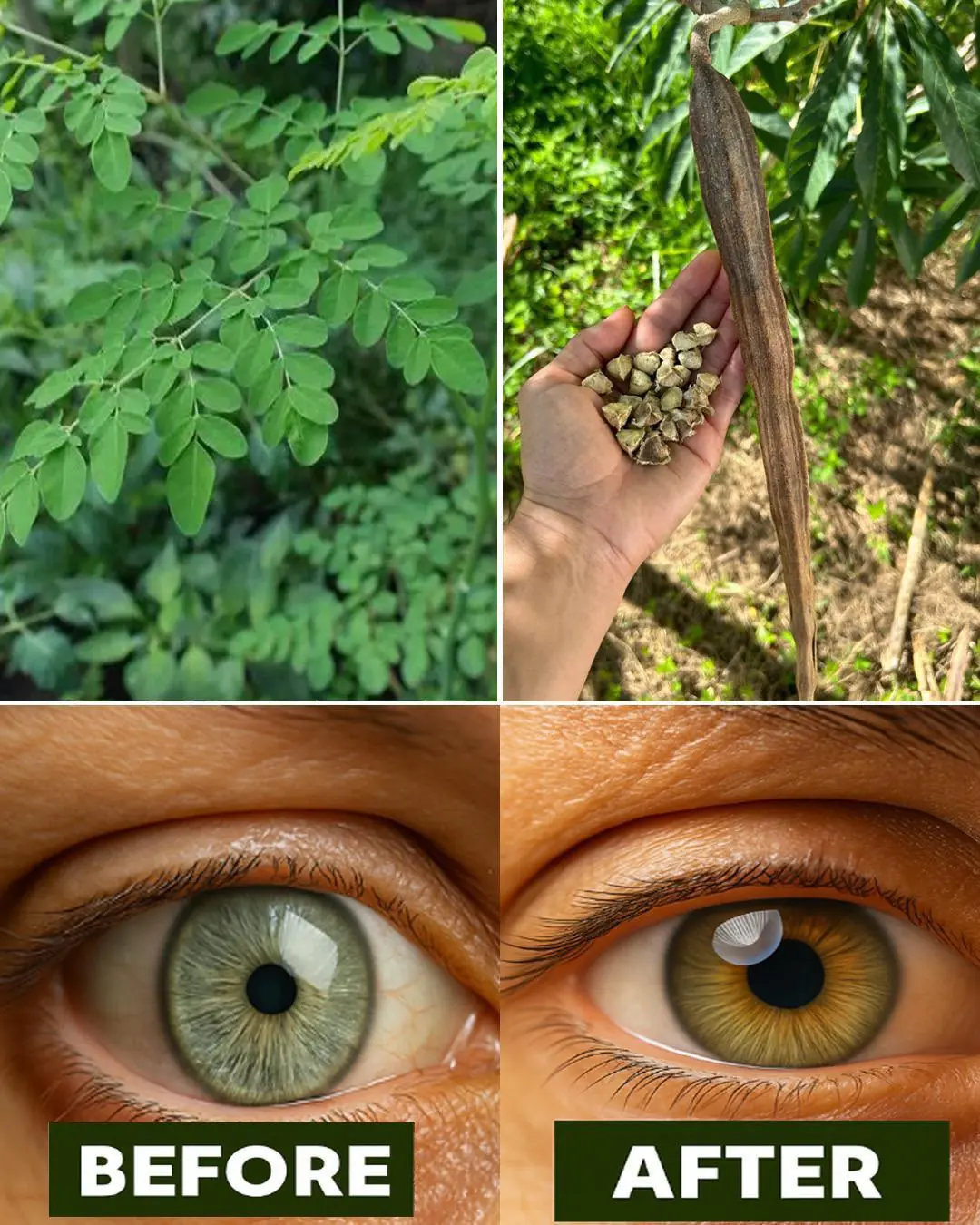
12 Powerful Benefits of Moringa Seeds

Goldenberries (Physalis peruviana): A Nutrient-Packed Powerhouse for Health and Vision

Oregano: The Golden Herb for Eye Health

Some of the Benefits of Castor Leaves and the Seed

10 Benefits and uses of purslane

Chanca Piedra (Stonebreaker): Benefits and Uses

Do you need to unplug the rice cooker after the rice is cooked: The surprising answer November 27, 2024

7 Benefits Of Papaya Seeds & How To Consume Them Correctly
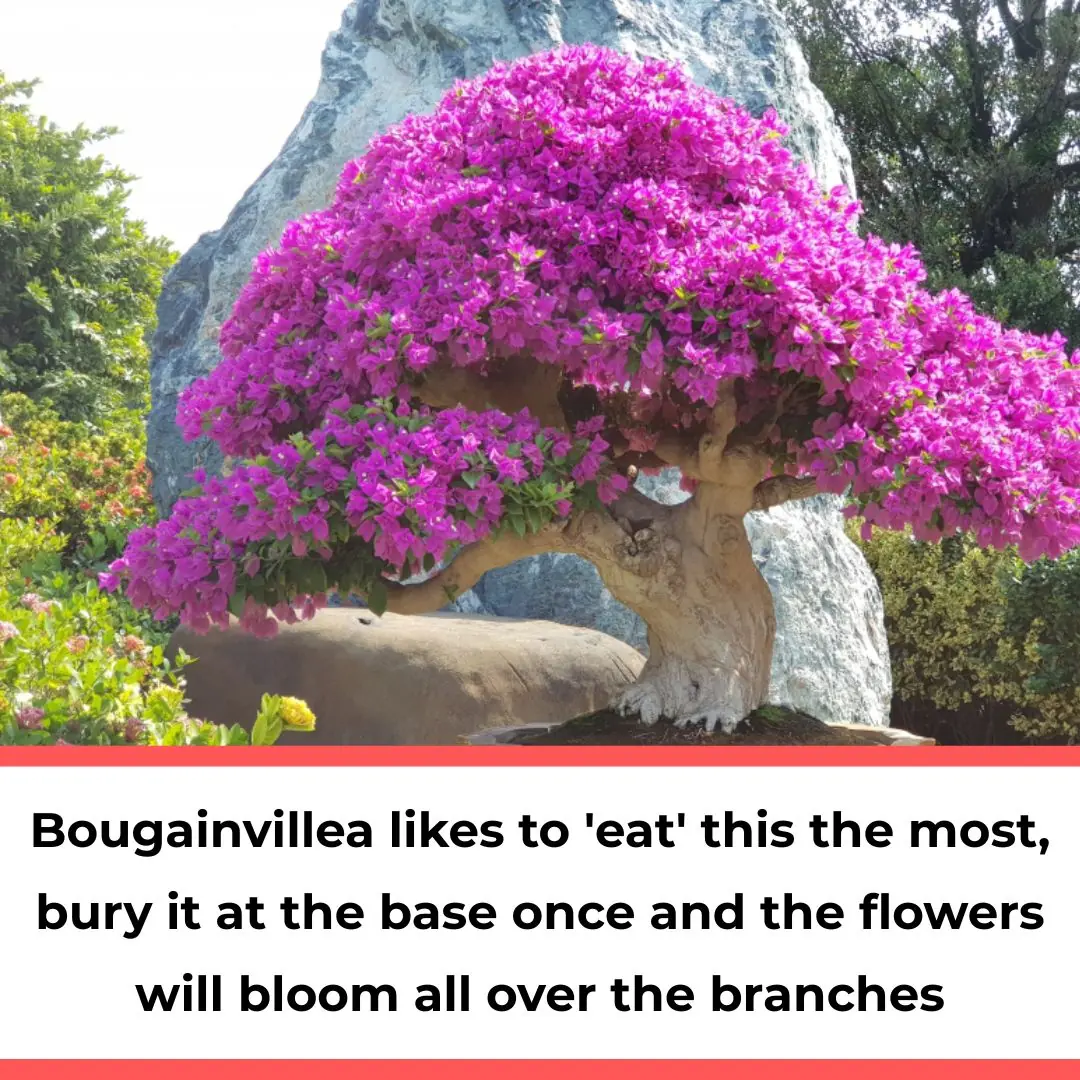
Bougainvillea likes to 'eat' this the most, bury it at the base once and the flowers will bloom all over the branches

The elders say: "If you put these 3 things on top of the refrigerator, no matter how much wealth you have, it will all be gone." What are these 3 things?

Can rice left in a rice cooker overnight be eaten? Many people are surprised to know the answer.

After boiling the chicken, do not take it out immediately onto a plate. Do one more thing to make sure the chicken is crispy, the meat is firm, and the skin does not fall apart when cut.

Cut this fruit into small pieces and put it in the pot to boil the duck: The bad smell is gone, the meat is fragrant, soft and flavorful.

Warts on Hands: Causes and Effective Natural Treatments

Medicinal Health Benefits of Turmeric, Curcumin and Turmeric Tea Based on Science

4 ways to preserve green onions for a whole month without spoiling, fresh as new

The best way to lower blood pressure fast!

9 Habits You Need To Adopt Today To Stop Alzheimer’s or Dementia Before It Starts
